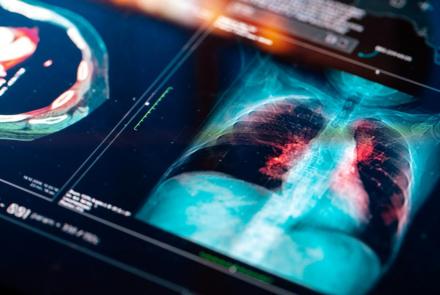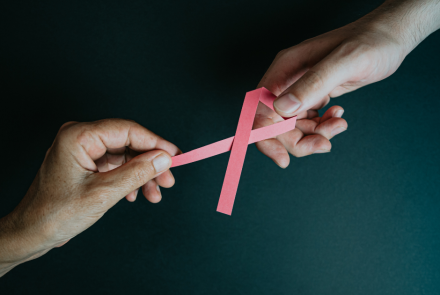September 23, 2016: Robbi Kempner, M.D., F.A.C.S., Medical Director, Breast and Women's Health Prevention Services, Highland Medical, P.C.
Women generally know they should start getting screened for breast cancer at some point, but the details of screening can be confusing. To make it clearer, I like to explain the Five W’s—who, what, when, where and why—of breast cancer screening to my patients. During Breast Cancer Awareness Month this October, take some time to learn about breast cancer screening and find out if you should book an appointment for a mammogram.
Who Should Get Screened
Women at average risk should begin screening at age 40. You are at average risk if you do not have a strong family history of breast cancer (a parent, sibling, or child who has had the disease), or you or your family members do not have one of the breast cancer genes.
Women with an increased risk of breast cancer should start screening earlier. If you fall into this category, talk to your doctor about when to begin screening, and how often.
If you are at average risk, you should be aware that there are breast cancer risk factors you cannot change, and those you can. Risk factors you can’t change include:
- Increasing age—the older you get, the higher your risk
- Gender (99% of breast cancer cases occur in women)
- Family history of breast cancer
- Radiation to the chest wall for treatment of another cancer
- Having certain inherited genes
- Your ethnicity (overall, white women are slightly more likely to develop breast cancer han African-American women, but African-American women are more likely to die of the disease)
Risk factors you can change include:
- Having a first pregnancy before age 30
- Staying at a normal weight
- Not having more than two alcoholic drinks a day
- Keeping physically active
Why Should You Get Screened?
About 240,000 cases of breast cancer were diagnosed in the United States in 2015, and 39,000 people died of the disease.
Today there are approximately 3 million women in the United States who are breast cancer survivors, and 85% had no family history of the disease. In most cases, their disease was likely discovered during routine breast cancer screening. If we find the disease earlier, the treatment is more effective and less invasive.
What Type of Screening Should You Have?
Screening generally starts with a mammogram. You should get at least a 2-D mammogram. If you can go to a facility that offers a 3-D mammogram—such as Montefiore Nyack Hospital—you should. A 3-D mammogram is more effective in detecting earlier cancers, and decreases the need for women to get called back for additional mammography. This type of mammogram is very good for women with dense breasts, which can make it harder for a radiologist reading the mammogram to see the cancer.
If a woman is found to have dense breasts on her mammogram, her doctor may recommend ultrasound screening, which uses sound waves. Ultrasound is also recommended for young women and teens, as well as pregnant women. It provides additional information on masses or lumps in the breast.
An MRI may be used in certain cases, such as for women newly diagnosed with breast cancer, or those who carry breast cancer genes, or have relatives who are gene carriers. MRIs are used only for women at high risk for breast cancer, because they have a high false-positive rate. This means they sometimes pick up things that aren’t cancer, leading to biopsies and additional tests.
When Should You Be Screened?
The American Cancer Society recently revised its breast cancer screening recommendations for women at average risk. The group now advises:
- Women ages 40 to 44 should have the choice to start annual breast cancer screening with mammograms if they wish to do so. The risks of screening as well as the potential benefits should be considered.
- Women age 45 to 54 should get mammograms annually.
- Women age 55 and older should have mammograms every two years, or have the choice to continue yearly screening.
- Screening should continue as long as a woman is in good health, is willing to undergo treatment if cancer is found, and is expected to live 10 more years or longer.
Where Should You Get Screened?
Look for a screening facility, such as Montefiore Nyack Hospital, that is accredited by the American College of Radiology. If possible, find one that the ACR has designated a Breast Imaging Center of Excellence. As I mentioned, a facility that provides 3-D mammograms is best. If that is not available, make sure the facility you choose provides digital mammograms.






